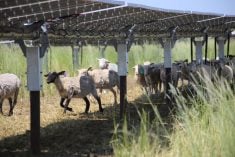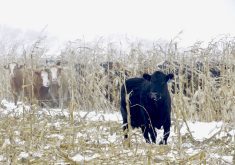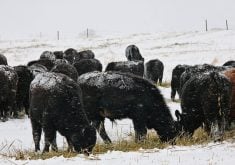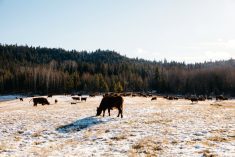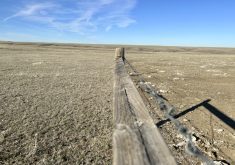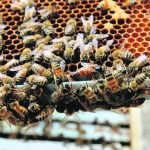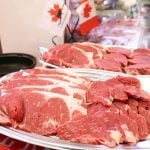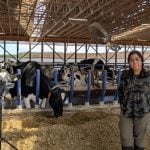Dried-up sloughs and waterways mean cattle can graze things they normally wouldn’t.
And that can be deadly.
Water hemlock — something cattle wouldn’t normally eat — is one of the dangers. Its leaves and stems are toxic, but the root is especially dangerous, with a marble-sized piece enough to kill a cow.
“Water hemlock is not a preferential plant. It may have been in your pasture for several years, but it becomes a huge management issue when pastures become lean,” said Dr. Ross Foulston, a veterinarian with Wetaskiwin Veterinary Services.
Read Also
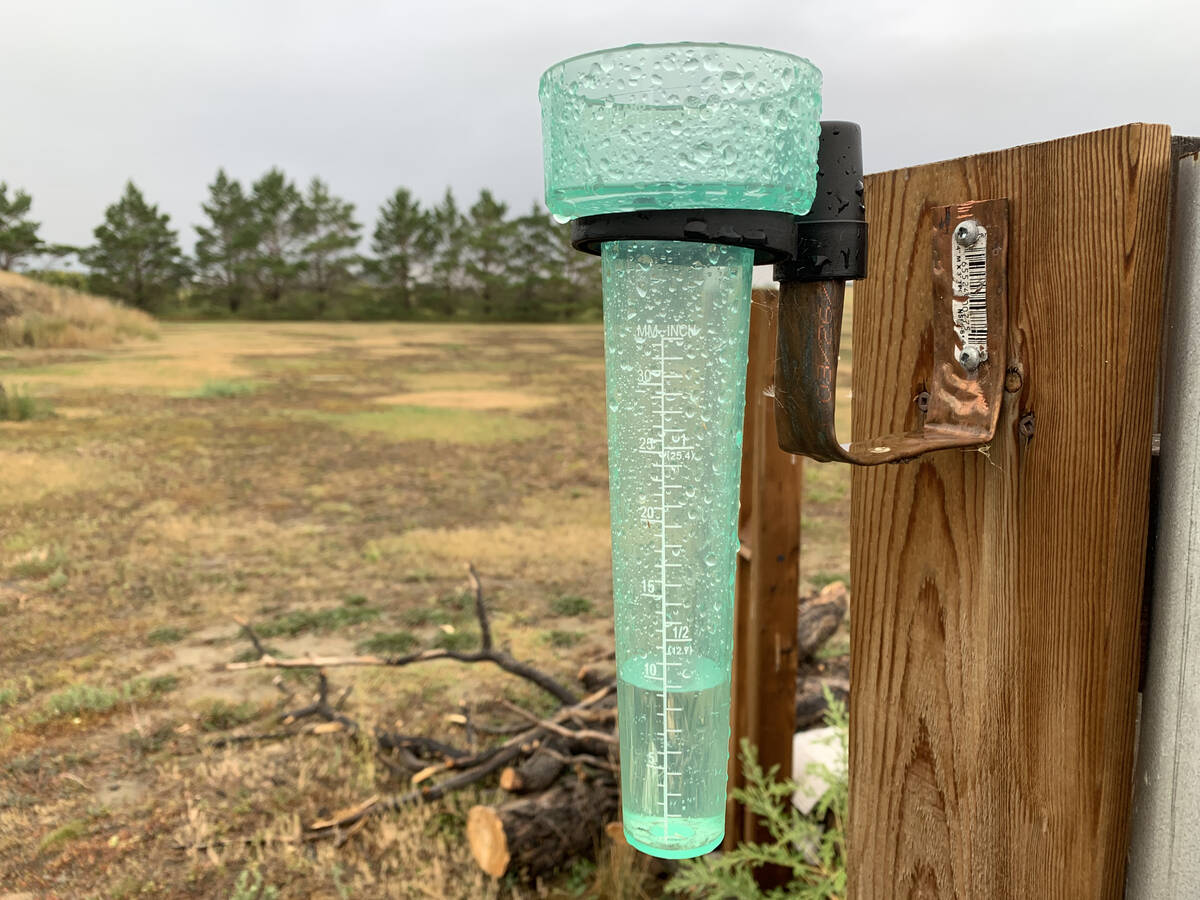
Southeastern Prairies get drought relief in September
September drought monitor from Agriculture and Agri-food Canada shows welcomed precipitation in coastal B.C. and southeastern prairies
“If stocking densities are high and animals are seeking alternative plants to meet their hunger, they could end up tugging on these plants. It’s bad enough if they get the foliage above ground, but it’s especially bad if they pull up the root.”
Animals will often be found dead a short distance away from the plant, while animals that are found alive could be convulsing, frothing or clamping their jaws. Cattle are the most at risk because of the way they graze, but deaths have also occurred in sheep, goats and bison.
Water hemlock, which has four different species, grows in lower areas near sloughs, ponds, streams and swamps, and can also be found growing in water. The flowers and seed heads of the plant can look a lot like dill and cow parsnip or even like common yarrow, which grows in the uplands. Its leaves which are long, thin and serrated, and the leaf veins off the main central vein run in low points between serration, which makes it unique. Hemlock does not like a lot of shade, so it’s normally out in the open.
In a dry year, producers who are short of forage may be making hay from sloughs, and could risk rolling water hemlock into a hay bale, which will still have some level of toxicity.
“There could also be some dry areas and cattle will travel into zones that weren’t dry in the past and could come across water hemlock,” said Foulston.
If you find water hemlock, do not attempt to remove it without using gloves or protective eyewear, and do not cut into the bulbous roots. It’s best to call an ag service fieldman, crop specialist or veterinarian to get more information about removal. The plant can generally be removed manually, and then incinerated, desiccated, or composted.
Another threat to watch out for this year is blue-green algae. It is most common in August, after several weeks with high temperatures above 25 C, and in stagnant water. Breezes will often push it against a shoreline, which ups the risk from the extremely toxic algae.
“They can be walking away from the water and die that quickly,” said Dr. Trent Wennekamp, a veterinarian with Lloydminster Animal Hospital.
Blue-green algae can be found on lakes, sloughs and dugouts. However, since dugouts tend to be cooler, they tend to have fewer problems. Blue-green algae can be difficult to identify, so it’s best to phone a veterinarian. If you suspect your water source is infested with blue-green algae, find an alternative source for water.




